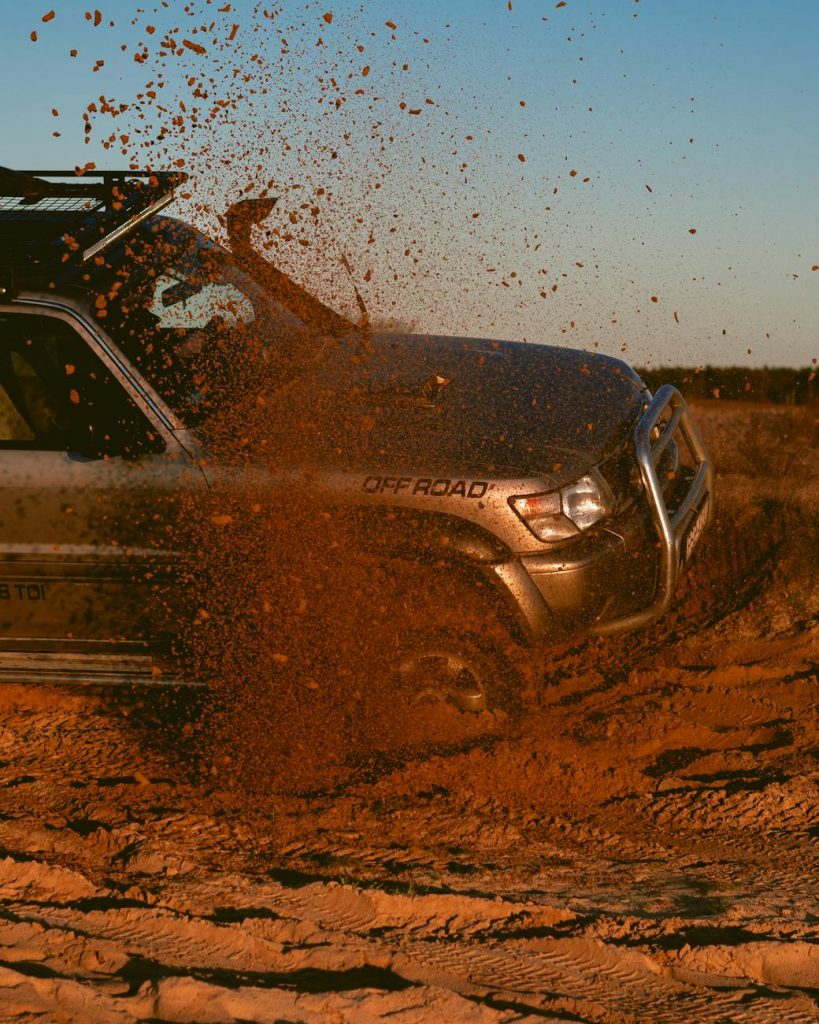Studded vs. Studless Winter Tires
Winter driving in places like Toronto, Niagara Falls, Kitchener, Hamilton, Surrey, Ottawa, and Calgary can be tricky. Choosing the right winter tires can make a big difference in how safe and smooth your ride is. Let’s break down the differences between studded and studless winter tires.
What’s the Difference?
Studded winter tires have little metal studs in the tread. These studs dig into ice, giving you extra grip and reducing the chance of slipping. Studless winter tires, on the other hand, use special rubber and tread patterns to grip snow and ice without metal studs.
| Feature | Studded Tires | Studless Tires |
|---|---|---|
| Traction on Ice | High | Moderate |
| Traction on Snow | High | High |
| Performance on Dry Pavement | Reduced | Good |
| Noise Level | High | Low |
| Legal Restrictions | Common | Rare |
Pros and Cons of Studded Tires
Studded tires shine in extreme winter conditions. They grip ice like a pro, making them great for areas where ice is a regular guest. This extra grip helps you control your car better and stop faster on icy roads.
But, studded tires aren’t perfect. They’re noisy because of the metal studs hitting the road. They can also wear down dry pavement faster, which can lead to more road repairs. Plus, some places have rules against using studded tires because they can damage roads.
To decide what’s best for you, think about your driving conditions and needs. For more detailed comparisons, check out our best winter tires comparison page.
Knowing the differences between studded and studless winter tires, and their pros and cons, helps you make a smarter choice for safer winter driving. For more tips, read our articles on winter tire traction and winter tire performance comparison.
Things to Think About
Choosing between studded and studless winter tires depends on several factors. Each type has its perks and downsides, and the best choice depends on your specific needs.
Traction on Ice and Snow
Traction is key for winter driving. Studded tires have metal studs that grip ice really well, making them perfect for icy areas.
Studless tires use special rubber and tread designs to grip snow and slush. They’re great in snow but might not be as good as studded tires on pure ice.
| Tire Type | Ice Traction | Snow Traction |
|---|---|---|
| Studded | Excellent | Good |
| Studless | Good | Excellent |
For a detailed look at winter tire traction, check out our article on winter tire traction.
Wear and Tear on Pavement
Another thing to consider is how tires affect pavement. Studded tires can wear down roads, especially if used on dry pavement. This can lead to more road repairs and higher maintenance costs for your car.
Studless tires are easier on pavement. They offer a smoother ride on dry roads and are less likely to damage them.
For more info on tire wear, see our article on winter tire wear.
Legal Restrictions
Laws about tire use vary by region. Many places have rules about using studded tires because they can damage roads. Check local laws before choosing studded tires.
Studless tires are usually allowed everywhere, making them a more flexible option if you travel between areas with different laws.
For a look at legal restrictions, visit our guide on winter tire regulations.
Cost and Maintenance
The cost and upkeep of winter tires matter to many drivers. Studded tires might cost more upfront because of the metal studs. The studs can also wear down, needing replacement.
Studless tires might cost less initially and need less maintenance over time. They don’t have studs to worry about but still need regular checks to keep them in good shape.
| Tire Type | Initial Cost | Maintenance |
|---|---|---|
| Studded | Higher | Moderate to High |
| Studless | Moderate | Low to Moderate |
For detailed pricing info, see our article on winter tire prices.
When picking the best winter tires, think about these factors. Whether you care more about traction, road impact, legal rules, or cost, both studded and studless tires have their benefits. For more in-depth comparisons and tips, visit our best winter tires comparison.



